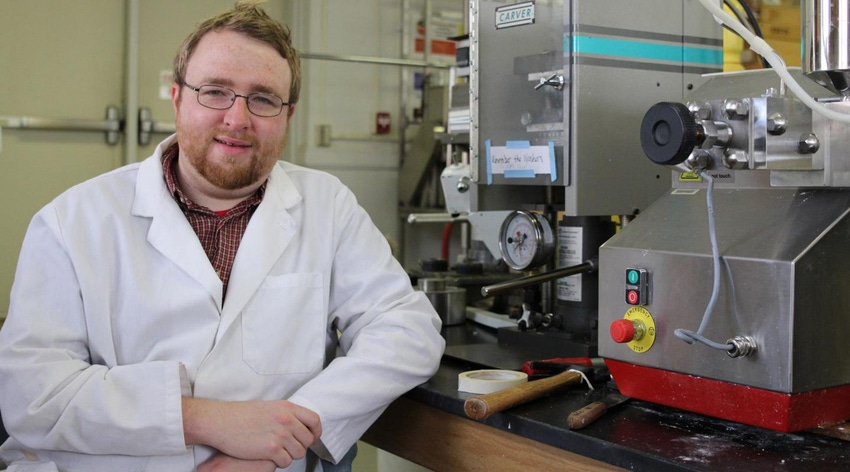Trivia Tuesday: Why did researchers take an interest in chicken eggs?
April 23, 2024

Back in 2015, researchers at the University of Georgia (UGA) took an interest in the egg whites of hens as an alternative source for making antibacterial bioplastics.
The idea was that bioplastics made from protein sources such as albumin from egg whites could eventually be in the medical industry for things like wound healing dressings, sutures, catheter tubes, and drug delivery devices. The research, "Protein-Based Bioplastics and Their Antibacterial Potential," was published in the Journal of Applied Polymer Science in January 2015.
"We looked into this type of protein because it is a product of the poultry industry, which is one of the largest industries in Georgia today. If additional uses can be found for products that are generated from parts of the poultry industry, we feel like we can provide a boost to the statewide economy," Alex Jones, PhD, told MD+DI in 2015 while he was a doctoral candidate at UGA and co-author of the study. Today, Jones is a polymer and textile materials engineer at Blachford Acoustics Group.
Jones explained that albumin from a hen's egg white contains lysozyme, an enzyme that has been shown to prevent bacterial growth in past research.
"When this protein is combined with the use of glycerol of a plasticizer to form a plastic, it was found to prevent any bacterial growth to occur on the plastic," Jones said. "One potential reason why this result occurred can be traced to the use of glycerol, as it will gradually leach from the plastic over time. While this leaching occurs, some of the constituents of the albumin that prevent bacterial growth may also leach out, preventing any bacterial adhesion or growth."
The UGA researchers also found that the albumin-based material is susceptible to biodegradation, which could make it a prime candidate for short-term medical implants.
"The overall goal is to use the antibacterial potential of these protein bioplastics to develop thermoplastic blends with the petroleum-based plastics that are used today in the medical industry in certain applications (catheters, IV tubing, and so forth), and use materials that could potentially limit the amount of hospital acquired infections that could occur," Jones said. "Drug elution studies are also being conducted, as we are trying to determine if these plastics would be able to gradually elute a drug from its matrix and create zones of inhibition, preventing any nearby bacterial growth and potentially preventing infection in the body if it is used."
About the Author(s)
You May Also Like




